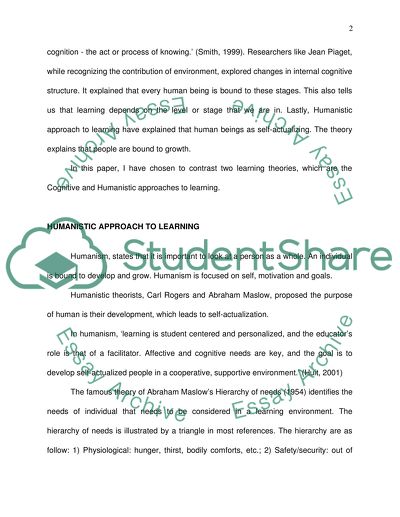Cite this document
(“Learning Theories Essay Example | Topics and Well Written Essays - 2000 words”, n.d.)
Retrieved from https://studentshare.org/education/1520959-learning-theories
Retrieved from https://studentshare.org/education/1520959-learning-theories
(Learning Theories Essay Example | Topics and Well Written Essays - 2000 Words)
https://studentshare.org/education/1520959-learning-theories.
https://studentshare.org/education/1520959-learning-theories.
“Learning Theories Essay Example | Topics and Well Written Essays - 2000 Words”, n.d. https://studentshare.org/education/1520959-learning-theories.


